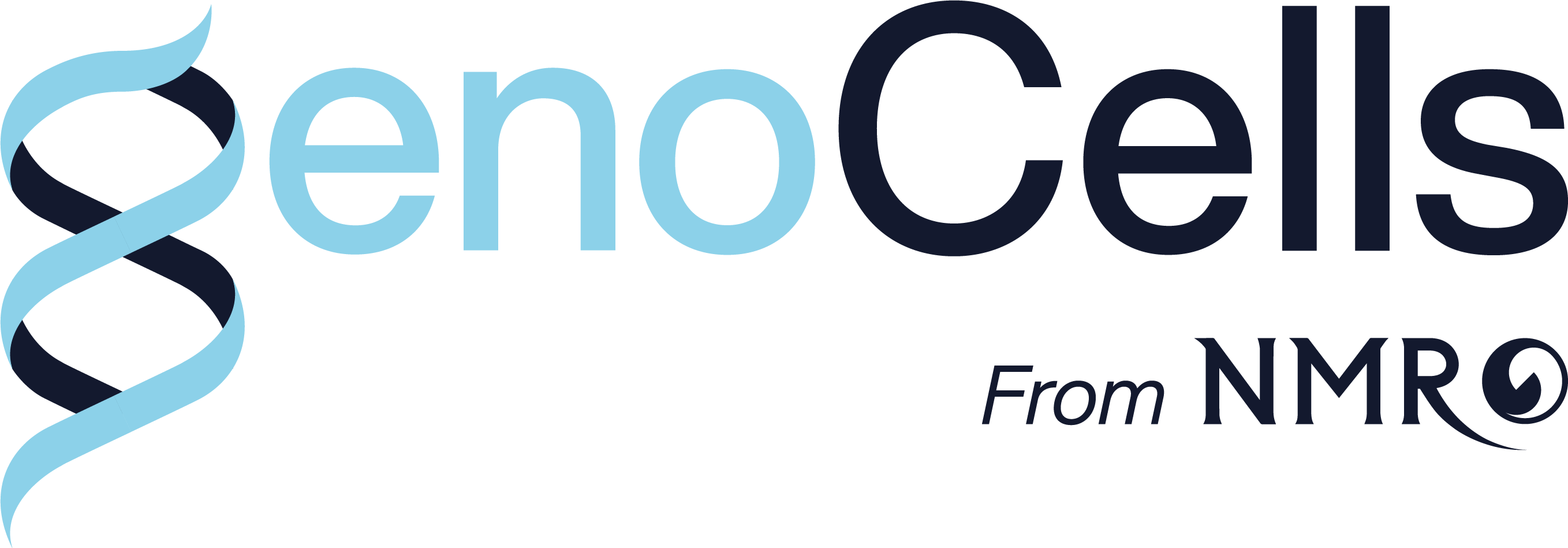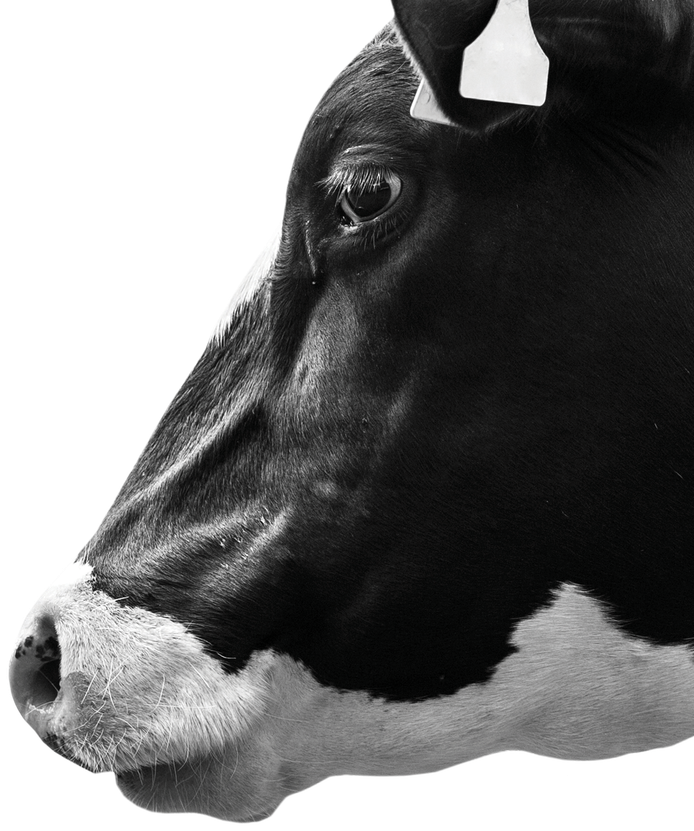
Genomic testing future-proofs dairy business
One North Wales-based producer has been genomically testing heifers from his herd for the past decade and is enjoying a myriad of benefits from really knowing which cows to breed replacements from.
Rhys Davies has genomically tested heifers since 2014. And today he’s reaping the rewards of a fully genomically tested herd of 100 cows and followers, as well as further management benefits from his cows’ DNA finger-print data.
Rhys farms in partnership with his father David, and they moved from being tenants to owners of Moor Farm, based in Flintshire, in 2017. The 81-hectare unit comprises 41 hectares of grazing, as well as 40 hectares of grassland for silage and youngstock.
“Cubicle and feed space have determined our direction of travel,” explains Rhys. “Milking numbers are restricted, which means that each cow must be a big producer. We look for solids per cow as opposed to solids per hectare.”
To achieve this, and to breed cows to suit the system, Rhys has kept to black-and-white genetics and looks for uniform cattle, averaging 600kgLW, that are capable of producing 623kg of milk solids.
“Being able to select and rear heifers capable of achieving this and to speed up the rate of genetic gain has been important to us, and this is where genomics comes in,” he says, adding that, since 2009, they’ve switched to calving in an eight-week spring block from mid-March.
“Any cows that don’t hold are served again in October to sell as in-calf cows the following spring.
Spring lead
“This means we’ve some cows in milk all year round, which gives freshly calved heifers in the spring a lead through the parlour and it also warrants a daily milk collection by our buyer.”
Since 2020 the herd’s average milk quality has improved from 4.4% butterfat and 3.4% protein to 4.5% fat and 3.6% protein, with some younger cows producing more than 4% protein. These cows rank in AHDB’s top 1% for percentages. This has been achieved without changing nutrition, the management system or reseeding.
Average milk yield is now 7,700kg per cow, which is up from 6,900kg in 2012. Milk is sold to Arla on the Grazing 360 CARE contract.
“I now select the highest-ranking genomic sires for fat and protein to help speed this progress up too, and steer clear of high-cell-count bulls,” says Rhys. He targets percentage of solids rather than weight. “If you breed for weight of protein you breed for more litres and that’s not what I want. We’re looking for a higher proportion of milk solids, particularly protein, in each litre.”
Rhys also aims for a fairly persistent lactation curve, rather than a big peak then a decline towards the end of the lactation. “If cows peak at 35kg of milk a day, at 3kg of fat and protein, and maintain around 9% milk solids well into their lactation, they’re not ‘over producing’ and we find that they’re in a good place when they’re dried off.
Milk volume
“If they’re peaking with a greater volume of milk, they can lose too much condition and struggle to get back in calf. Fertility is a top priority here to maintain a tight calving pattern. It’s a key selection trait when I’m choosing sires and dams to breed replacements from.”
And Rhys has seen considerable success with this approach. “Although not as heritable as milk-quality components, fertility can be improved using genomics and I’ve really been able to speed up genetic progress.”
The average three-week submission rate is currently 99%, and in 2023 the in-calf rate to sexed semen at three weeks post insemination was 47%, and 72% at six weeks with a mix of sexed and conventional semen. The empty rate after eight weeks was 16%. “There’s still room for improvement and genomics will play its part going forward,” adds Rhys.
The introduction of activity collars in 2022 has also helped, particularly with submission rates. It is far more reliable for us than using tail paint because I can monitor cows more frequently and make sure they’re served at the ideal time.”
The business looks to produce between 65 and 70 heifer calves each year, keeping the highest ranking 35 and selling the rest as bulling heifers the following spring.
“Our replacement rate is quite high, and we could reduce this if we extended the calving block, but we’re keen to maintain fertility improvements for a bit longer,” explains Rhys.
He considered genomic testing relatively expensive at first, but not now. “I wouldn’t do without it. You can’t get better than knowing an animal’s exact DNA.” He didn’t imagine that he’d be using genomics to determine individual cow somatic cell counts 10 years ago either. But he’s recently used NMR’s GenoCells service as part of the Welsh Government’s Farming Connect ‘Our

Farms’ project. This service uses a single bulk-milk sample from an NMR or compatible genomically tested herd to determine individual cell counts.
“The GenoCells results are immediate and reliable,” adds Rhys. “It’s great to get weekly cell counts during our calving period, and be able to pick up any animals with a high cell count and treat them early with an anti-inflammatory, Uddermint and boluses before any clinical cases develop that could require antibiotics.
The herd’s average somatic cell count is 110,000 cells/ ml and there are few persistent high-cell-count cows. The mastitis rate is 10%. “We want to keep it this way, and more regular monitoring in high-risk periods is beneficial. Genocells is an extra cost, but if I pick up a problem I’ve soon covered this and I’m safeguarding cow health and productivity,” says Rhys. “This is in addition to NMR recording, which is required for pedigree purposes and for individual cow milk quality and routine Johne’s screening data.”
But it’s extremely accurate, and there’s a strong correlation with individual cow NMR data. And it helps to ensure that healthy animals are turned out to grazing straight after calving. “We want as much milk from grazing and home-grown forage as possible. We’ve 25 paddocks that we rotate and aim to graze covers of around 3,000kgDM/ha.”
Silage quality
During dry summer periods cows are buffer fed at grazing and produce 4,777 litres of milk from forage. They are fed 1.5t of concentrates at a flat rate of 5kg through the parlour during their lactation. There’s no plan to increase bought-in feed but, instead, to produce more from forage by improving grass and silage quality. Looking into the future, Rhys is intrigued to know what else will be possible using genomic tests further down the line.
“There will continue to be challenges in dairy farming and having access to reliable data and using it will be crucial to meeting these head on.”
His main aim is to breed and manage a herd of cows that are best suited to the farm and system, and to meet his milk buyer’s requirements. Embracing new technology and using accurate herd data will continue to be the cornerstone of this.
